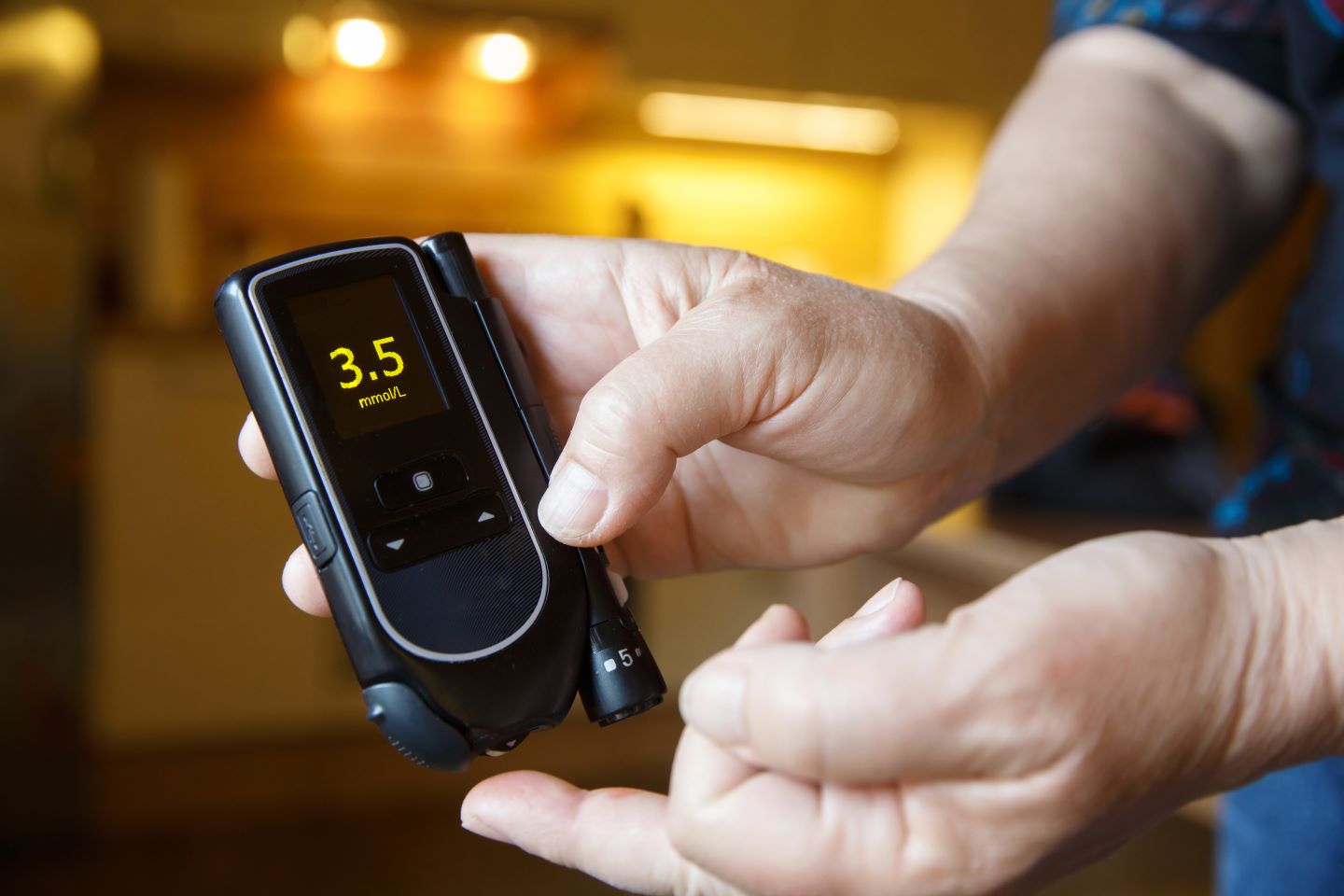This first half of the week at the European Association for the Study of Diabetes (EASD) 60th Annual Meeting 2024 has been very interesting, with an incredible amount of talk around incretins and amylin analogues. Participants are looking for the hottest efficacy data to make predictions on the next trend in the metabolic space. Dual and triple receptor agonists have now been studied extensively and they hold great potential, but Pep2Tango Therapeutics is already looking at the future after those candidates, and presented its preclinical data on tetra-agonists. According to GlobalData, combination therapy is the future of metabolic disease treatment, thus Pep2Tango’s candidate will find its space.
Pep2Tango believes that the next generation of obesity medicines will need to achieve even higher efficacy than what we are seeing with currently marketed semaglutide and tirzepatide.
As a consequence, the company is developing PTT-A, a novel unimolecular candidate targeting four receptors: GLP-1, GIP, calcitonin, and amylin. This tetra-agonist has therefore been designed to join tirzepatide’s and cagrilintide’s effects in a single molecule, with a similar half-life to tirzepatide. Indeed, PTT-A has been shown to mimic both the incretin and the amylin effect, reducing plasma glucose and calcium levels, respectively, in animal models.
Pep2Tango expects its candidate to cause over 20% body weight reduction in patients, and more importantly, induce mostly fat mass loss and preserve lean/muscle mass. The company aims to achieve a superior safety profile and better cardiometabolic benefits with PTT-A.
In diet-induced obese (DIO) rats, combined therapy of tirzepatide and cagrilintide was shown to cause greater bodyweight reduction; decreased food intake; improvement in plasma glucose, insulin, and triglycerides levels; and improve liver steatosis and plasma ALT activity compared to tirzepatide or cagrilintide alone. That is why Pep2Tango decided to develop its PTT-A tetra-agonist. At the moment the candidate is still at the preclinical stage, with DIO rats studies having proven its superiority in reducing body weight and fat and preserving muscle mass compared to tirzepatide.
Of course, this candidate is still at an early developmental stage and more data is needed on safety and efficacy in humans. However, the rationale behind these molecules seems exciting, especially after many talks on combining amylin with GLP-1R agonists in clinical practice.

US Tariffs are shifting - will you react or anticipate?
Don’t let policy changes catch you off guard. Stay proactive with real-time data and expert analysis.
By GlobalDataOn 10 September at EASD 2024, Professor Ania Jastreboff, MD, PhD, who is also the director of Yale Obesity, stated that “combination therapy is going to be the future of obesity treatment and amylin will be a big part of that”. According to Jastreboff, the future will be about combining available therapies to maximise results. For example, if results are not achieved with a GLP-1R agonist alone, an amylin analogue could be added, and perhaps if that is still not enough and PYY analogues enter the market, then maybe add one of those to the treatment regimen. Alternatively, add a myostatin inhibitor to the GLP-1R agonist.
The shift in the metabolic disease space is apparent, with an emphasis on recognising obesity as a real multifactorial disease, often connected to other conditions. Companies and experts are really putting all their efforts into developing increasingly effective medicines for this condition, which only a few years ago was not recognised, and this shows the urgency of the obesity epidemic worldwide. To conclude, Pep2Tango’s candidate will fit in perfectly in the future obesity environment if future studies meet the company’s expectations.





